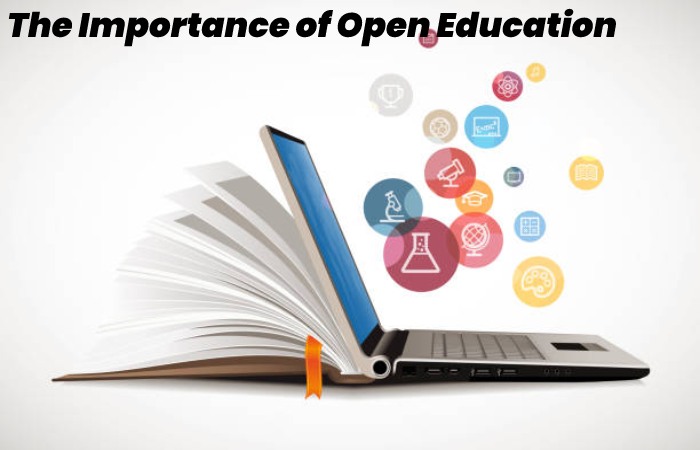Table of Contents
Open Education Definition
Open education seeks a more flexible model than traditional educational institutions. It aims to eliminate barriers to access to knowledge and refer to a student-centred learning philosophy.
Characteristic Of Open Education
The institutions seek to favour access to education by designing courses that are more flexible than traditional ones, both in terms of access and content – in some cases, the student himself configures the curriculum based on his interests or needs. –or in the temporary organization. An example of this opposition between traditionally offered education and open education can be found between the Open University in the United Kingdom (founded in 1971) and the German Fern Universität (founded in 1975). Both being distance learning institutions, the British one favoured students with part-time jobs above the average study age and allowed them to enrol without formal entrance qualifications,
Open education also refers to Open Educational Resources (OER) and, recently, to massive available distance courses (MOOC). In general, we can say that it has taken on particular importance since the development of eLearning.
The Importance of Open Education

Most people want to learn, and if you have free access to knowledge and education, you help others create a better future for themselves as individuals and as a member of the population of a country. In the long run, this idea will be beneficial for everyone.
With open education, students can learn other things to complement what they learn at their educational institution. Those who already work can get the help they need to finish a project. Those doing research can create global resources with recently discovered information, and teachers and professors have new ways to help their students learn. The purpose is that education is available, accessible, adaptable, and free.
Resources of Open Education
Although open education sounds very romantic, there are already resources that offer this type of learning. The best known is the famous Wikipedia, a website that we all use to find information of all kinds and in different languages, where we can learn any topic without paying a penny. Wikipedia is also accessible from anywhere globally, thanks to the Internet. It is open to be modified by the users themselves, who have contributed to making it as complete as it is today.
Drafting Management of Open Education
Since we are children, it is known that we will go to school and learn everything necessary, from adding and subtracting to reading and finishing the history of our country and the world.
But this situation is not common all over the world. Conclusion: there are third-world countries where education is very difficult to achieve because it is not equally available to all people.
For example, in Africa, education is a big problem, and more than 40% of the population over 15 years of age is illiterate. But why? The answer is simple: money.
In Africa, there is significant poverty, many live on less than one euro a day, and education costs money in this country and many others.
Education usually treat like any other business: the more money you invest, the better education you will get.
This idea applies to both primary and university education. Although this premise has its advantages, it also has excellent disadvantages for those who do not have enough money to spend on it.
This is where open education comes in, a concept in which all citizens have access to high-level education regardless of their social and economic status.
Why is Open Education?
People want to learn. By providing free and open access to education and knowledge. If we help create a world where people can fulfil this desire. Students can obtain additional information, insights, and materials to help them be successful. Workers can learn things that will help them on the job. Teachers can tap into resources from around the world, finding new ways to help students learn. Researchers can share data and grow new networks.
People can attach with others who might not otherwise come together to share ideas and information. Materials can be translated, mixed, separated, and shared again in the open, thus increasing access and promoting new approaches. Anyone can access educational materials, scholarly training, and supportive learning communities anytime. Education is then accessible, available, elastic, and free.
Conclusion
Open education is an attitude about how people crop, share and build knowledge. This phrase describes initiatives that attempt to make access to education and training. At more extensive compared to the traditional educational systems offered almost everywhere in the world.
The best vehicle is to share the knowledge and information that others have using the currently available technology to attain this. This type of education is called “open” because it aims to eliminate the existing barriers in standard education systems.
The where opportunities are denied to many people depending on their economic status. At the same time, open education must provide freedom for everyone to modify. It use educational materials so that the same community continues to share information with audiences small and large.

